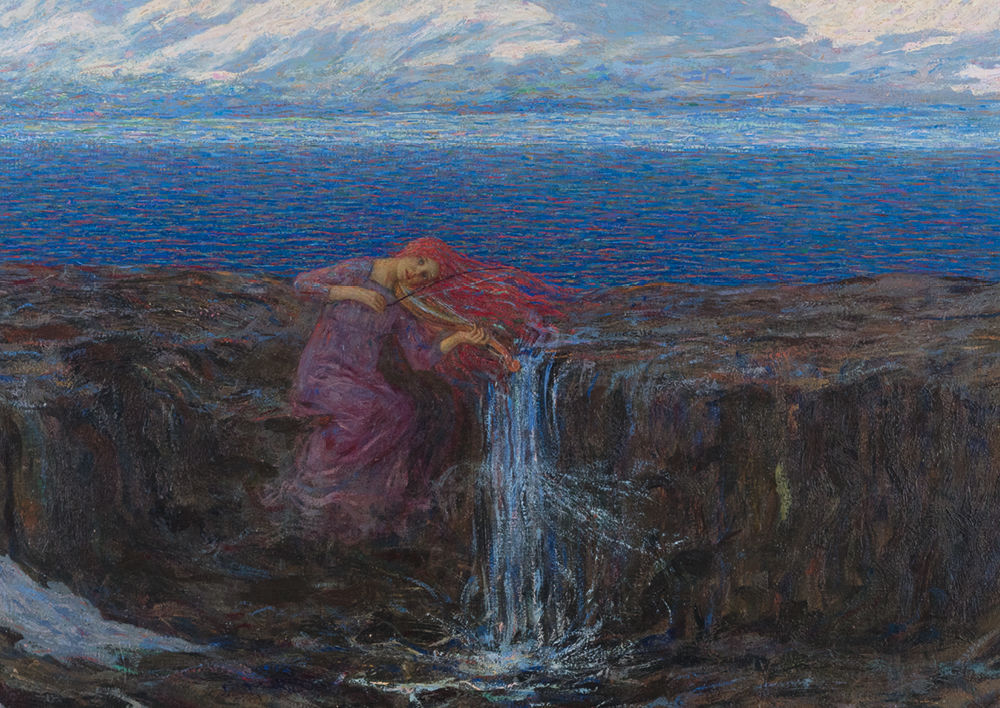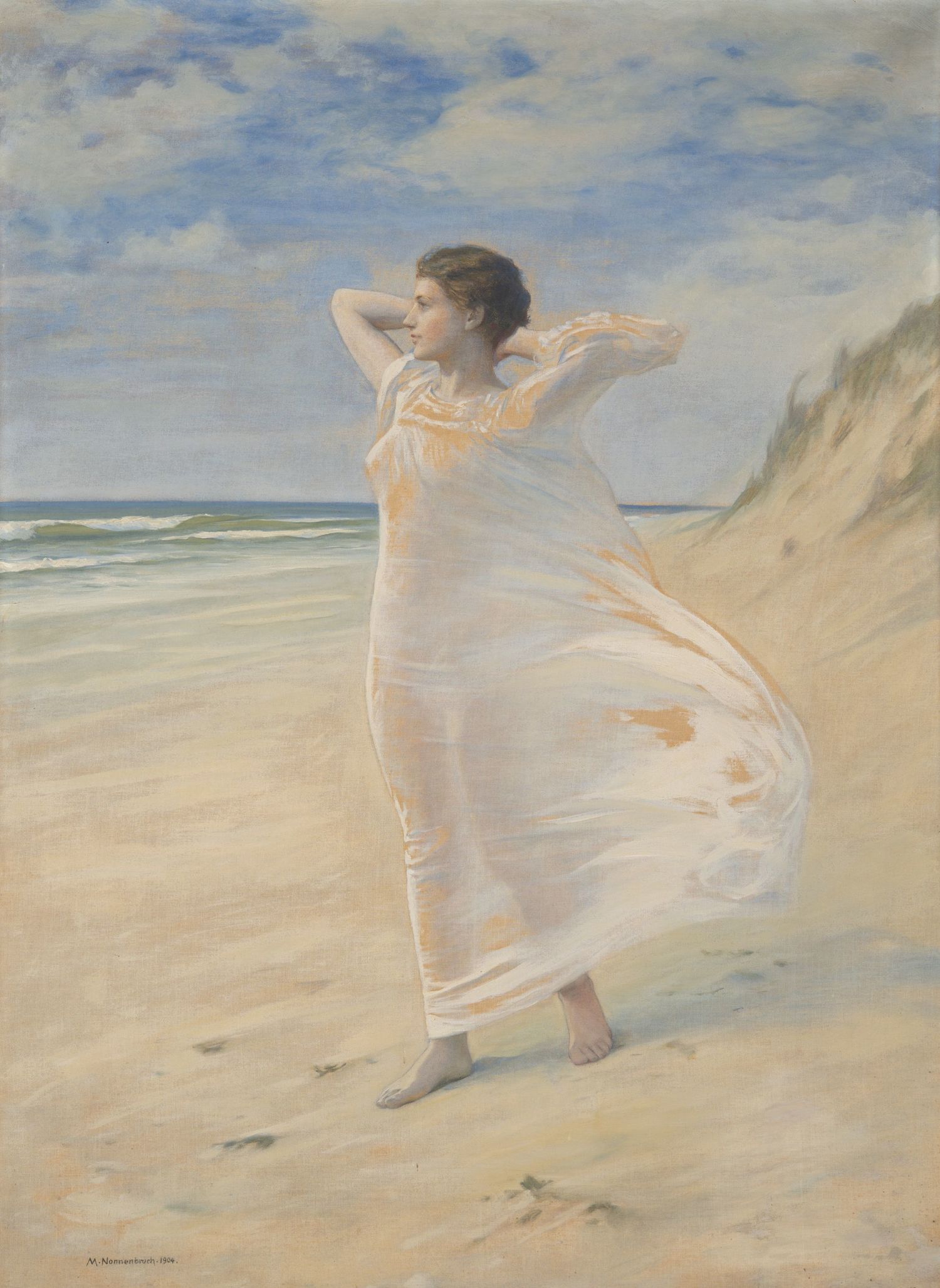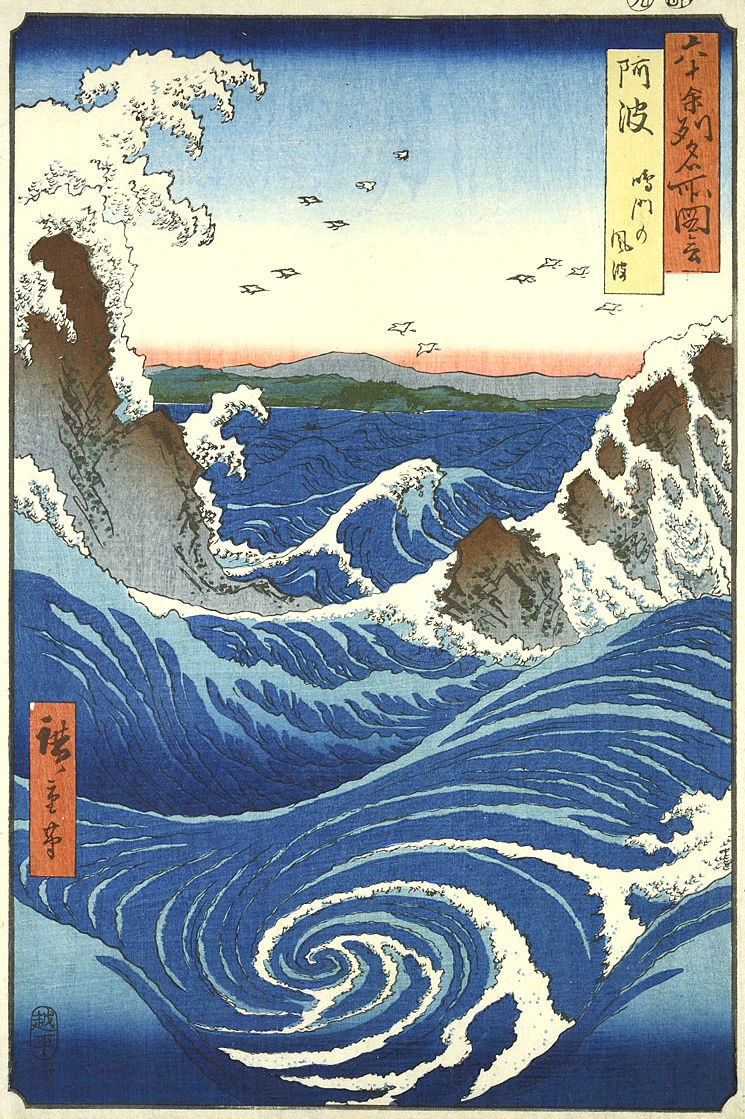13 May 22 — 23 Oct 22
Walter Crane, The Horses of Neptune, 1892, Neue Pinakothek, Bayerische Staatsgemäldesammlungen, Munich. Photo: bpk/ Bayerische Staatsgemäldesammlungen
Jugendstil was a revolutionary art movement. It demanded a genuinely modern art appropriate to its own time and thus turned its back on the practice, consistent over centuries, of always aligning art with preceding styles and currents. However, her aspirations were not limited to the artistic: Through the means of art, Jugendstil sought (and found) answers for a utopian, aesthetically determined form of society. Born out of the dynamism of nature and the power of youth, art in the years around 1900 also embodied the darker side of existence in the form of symbolism with an abysmal aesthetic of decay, the mythical and the enigmatic. The goal was to create a total work of art that would eventually dissolve the boundaries between life and art.
In the process, the element of water played a central role on every level and became a complex and fascinating motif composed of completely different facets; symbolic interpretation, Japonism, scientific exploration, ideas of salvation, evolutionary theory, and the flight from civilization were symbiotically intertwined. The exhibition in the museum starts at the point where water as a form of expression and life experienced its artistic implementation. To this end, it sheds light on Art Nouveau's conception of water, from its healing power within the Lebensreform, which was completely permeated by Art Nouveau, as well as from its dangerous and mysterious side under the water, with its inhabitants.
This two-pronged approach makes it possible to thematize water as a space of the imagination with the help of exciting objects of Art Nouveau and Art Nouveau, as well as the implementation within the Lebensreform with all its ideological aftermath.

Charles Baudelaire, Les Fleurs du Mal [The Flowers of Evil],
translated by William Aggeler, 1954.
By the end of the 19th century, outings to the seaside had become a popular leisure activity. This gave fresh currency to the subject of women by the water in the work of Art Nouveau and Art Nouveau-adjacent artists. Unburdened by any mythological attributes, Max Nonnenbruch’s (1857—1922) Windsbraut (‘Bride of the Wind’) conveys the sense of newfound freedom and lightness of being with more directness than any other painting in the exhibition.


Mythology was central to the art of Symbolism. By the end of the 19th century, the Pre-Raphaelite ideal of beauty, often linked to a dream world and characterised by a sense of melancholy, also served as a source of inspiration for many artists outside Britain. Myth, theatre and fairy tales also converge in Symbolistically charged illusory worlds.

The idea of the gesamtkunstwerk was central to Art Nouveau. This fusion of art and life created an unprecedented demand for welldesigned, beautiful objects of everyday use, which now form an indispensable part of this exhibition alongside traditional works of art such as paintings and sculptures. Despite their disparate functions, jewellery, tiles, ceramic vessels or pieces of cutlery can all be summarised as objects of everyday use. Maritime flora and fauna as well as different forms of water itself can not only be found in the
ornamentation of the exhibits shown here but were ubiquitous in Art Nouveau design and decoration from the end of the 19th century.




Vom Wert des Wassers
Alles im Fluss?
22 Apr 22 — 5 Feb 23
Hier finden Sie das Begleitprogramm zur Ausstellung, sobald es im Veranstaltungskalender veröffentlich wurde.